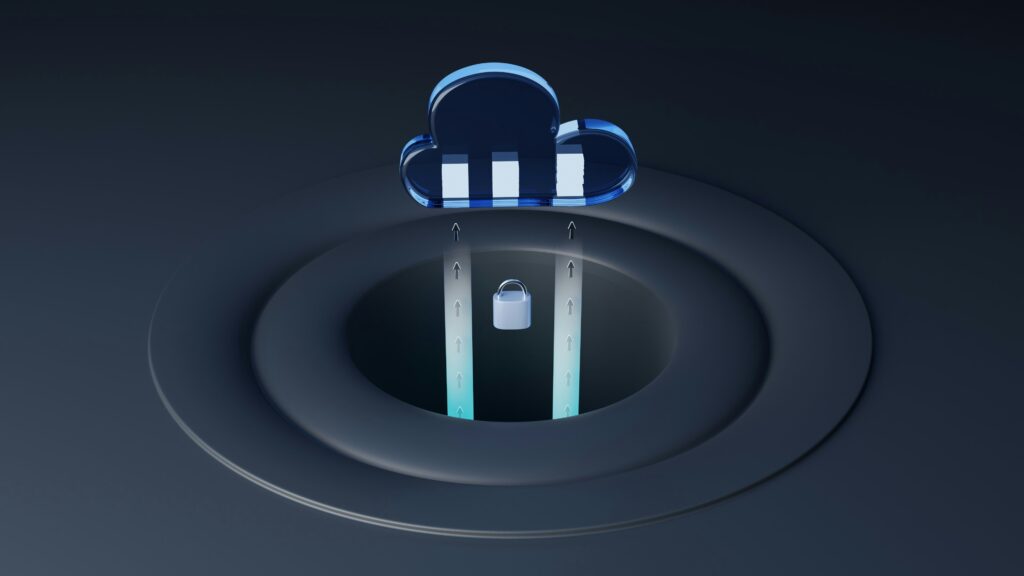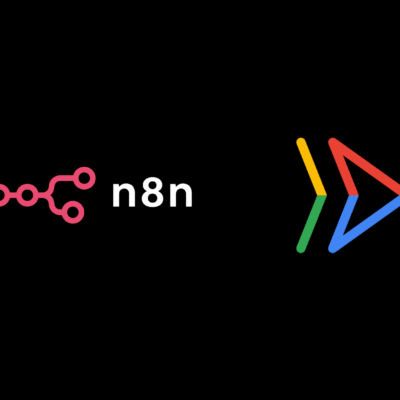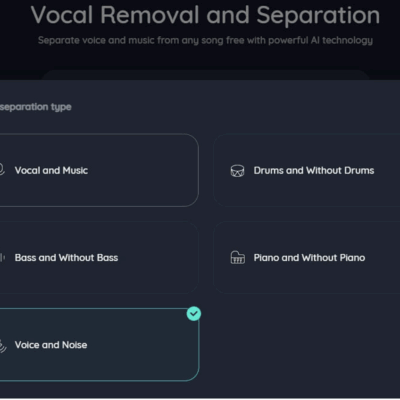
Can’t decide between Business Central and Dynamics NAV?
That’s the same thing most companies say when they think they’re choosing between two entirely different ERPs.
Here’s the thing:
Business Central IS the future version of Dynamics NAV. It’s not the competitor – it’s the upgrade.
But there are some huge differences you need to be aware of between Business Central and Dynamics NAV before you make a decision.
What you’ll learn:
- Learn About the NAV to Business Central Evolution
- Understand the Differences that Impact your Business
- Know Cloud vs On-Premise – What Actually Matters
- Know the Migration Timeline and Deadlines for Support
2024 Business Central vs Dynamics NAV Head-to-Head
Before we dive in, you should know this…
Microsoft Dynamics NAV, formerly Navision, did not cease to exist. It’s still there and continues to grow in power.
Business Central is basically NAV built from scratch for the cloud. The same core features but with an updated architecture and a ton of additional functionality.
It’s what happened next…
Microsoft has moved away from selling new NAV licenses since 2018. Instead, they’ve put all their effort into Business Central. Not just a rebranding, but a complete reimagining of what an ERP system could be.
This Is Important Timeline: Why You Care Right Now
If you’re still on NAV, you need to take note of the following dates:
- January 2023: All NAV versions moved out of mainstream support
- January 2028: Extended support ends completely
- After 2028: No more security updates, patches, or support
And why should you care? It’s not “fun” stuff, but according to 87% of businesses that have made the switch to Business Central, they saw increased cash flow management, and better business intelligence which is a competitive advantage.
Cloud vs On-Premise: The Game Changer
Ok, things start getting juicy now…
NAV was designed for on-premise deployment. Meaning, it needed on-site servers, IT maintenance, and manual updates. Enter Business Central…
Business Central runs in the cloud and what does that mean?
- Zero server maintenance headaches
- Automatic updates every six months
- Work from anywhere, on any device
- Built-in security and compliance
Wait, it gets better…
Business Central was named the best ERP system of 2024 by Forbes Advisor and there are a few reasons why. To summarise, Business Central solves all the problems that made NAV such a pain to manage.
Feature Comparison: What You Get vs What You Lose
What stays the same:
- Financial management capabilities
- Supply chain functionality
- Manufacturing features
- Reporting tools
What gets better in Business Central:
- Modern, intuitive interface
- AI-powered insights with Copilot
- Seamless Microsoft 365 integration
- Advanced workflow automation
- Real-time business intelligence
What you lose with NAV:
- Future feature updates (Stopped in 2018)
- New integrations and apps
- Modern security protocols
- Mobile accessibility
For the record, over 45,000 businesses have already made the switch to Business Central. The market has spoken.
Licensing: The Cost Reality
Ok, so most businesses get this mixed up…
NAV used server-based licensing. You paid for the server whether it was used by one person or 500. Business Central uses per-user licensing instead.
NAV licensing:
- Pay for server capacity
- One-time purchase model
- Manual upgrade costs
Business Central licensing:
- Pay per user, per month
- Subscription model includes updates
- Predictable monthly costs
Which is cheaper? It depends on your team size and usage patterns. But here’s what most businesses discover, the TCO (total cost of ownership) usually favours Business Central, thanks to lower IT overhead.
Integration Capabilities: Modern vs Legacy
What’s the biggest difference between these systems?
Business Central was built for integration. NAV… well, not so much.
Business Central connects seamlessly with:
- Microsoft 365 (Outlook, Excel, Teams)
- Power BI for advanced analytics
- Power Automate for workflows
- Third-party apps via AppSource
NAV integrations require custom development and ongoing maintenance. Business Central integrations are often built-in.
Security and Compliance: Cloud Advantage
Ok, this one’s a surprise to most businesses out there…
Business Central in the cloud is actually more secure than an on-premise NAV installation.
Why?
Microsoft Azure (the cloud where Business Central runs) has enterprise-grade security that most businesses can’t match themselves. We’re talking:
- Advanced threat protection
- Automatic security updates
- Data encryption at rest and in transit
- Compliance with global standards
NAV security updates will stop in 2028. Business Central security updates are automatic and ongoing.
User Experience: Night and Day Difference
Ok, if you’ve been a NAV user for years, BC will feel familiar but a lot better.
The interface upgrades:
- Role-based dashboards
- Mobile-responsive design
- Simplified navigation
- AI-powered suggestions
You’ll adapt quickly since the core business processes are unchanged. But your team will work faster because it’s easier and more intuitive.
Migration Path: Your Options
Ok, you’re thinking of doing the switch? You have options:
Direct migration from NAV 2018
- Automated migration tools available
- Data and customisations transfer
- Minimal business disruption
Upgrade older NAV versions first
- Move to NAV 2018, then BC
- Two-step process but more thorough
- Good for heavily customised systems
Fresh BC implementation
- Clean slate approach
- Opportunity to streamline
- Longer timeline but maximum benefit
Microsoft is also offering migration incentives for NAV customers in the form of Business Central license discounts.
Performance and Scalability: Built for Growth
This is where BC really starts to outperform…
The cloud-based architecture means it automatically scales as your business grows. No more server capacity worries or performance issues.
Business Central handles:
- Unlimited transaction volume
- Multiple company databases
- Global multi-currency operations
- Automatic backup and disaster recovery
NAV performance is limited by your hardware and IT management. BC performance is Microsoft’s problem.
Making the Decision: Key Factors
Still undecided? Then consider these factors:
Choose BC if:
- Modern features and integrations matter to you
- Remote work capability is key
- You’re tired of IT maintenance
- Growth and scalability are important
Stick with NAV if:
- You’re retiring soon (seriously)
- Heavy customisations make migration complex
- You have specific on-premise needs
- Budget constraints prevent migration
Ok, but remember, NAV support ends in 2028. Not that far away.
Global Adoption: The Numbers
The market has spoken pretty clearly here…
40% of Business Central customers are in the USA, and there’s massive adoption in the UK and Canada. This isn’t some Microsoft marketing push. This is businesses choosing BC because it’s better.
Wrapping It Up
BC vs Dynamics NAV isn’t really a competition these days. It’s more about timing your migration from a legacy system to a modern platform.
NAV served well for decades, but its time is up. BC takes everything good about NAV and makes it better, faster, more accessible.
It’s not a question of if you should migrate, but when and how to do it right.
Start planning now. The 2028 deadline isn’t flexible, and the sooner you migrate the sooner you get to benefit from modern ERP functionality.
Trust me, your future self will thank you for moving to Business Central.








